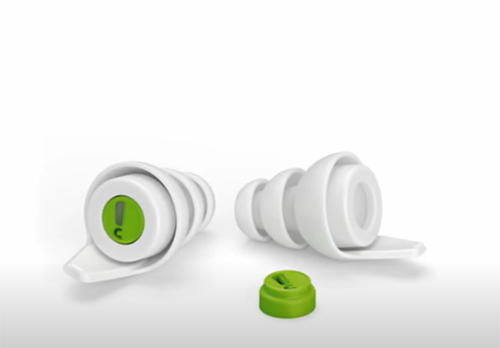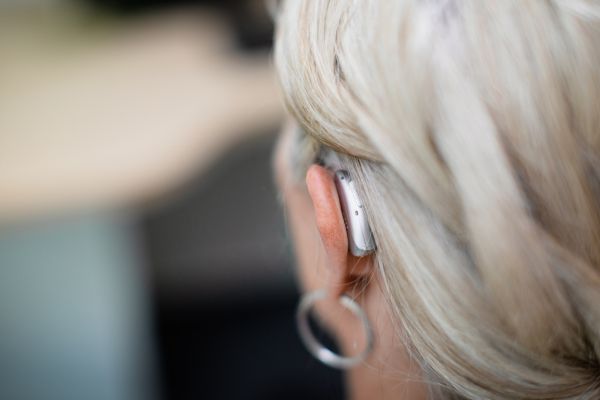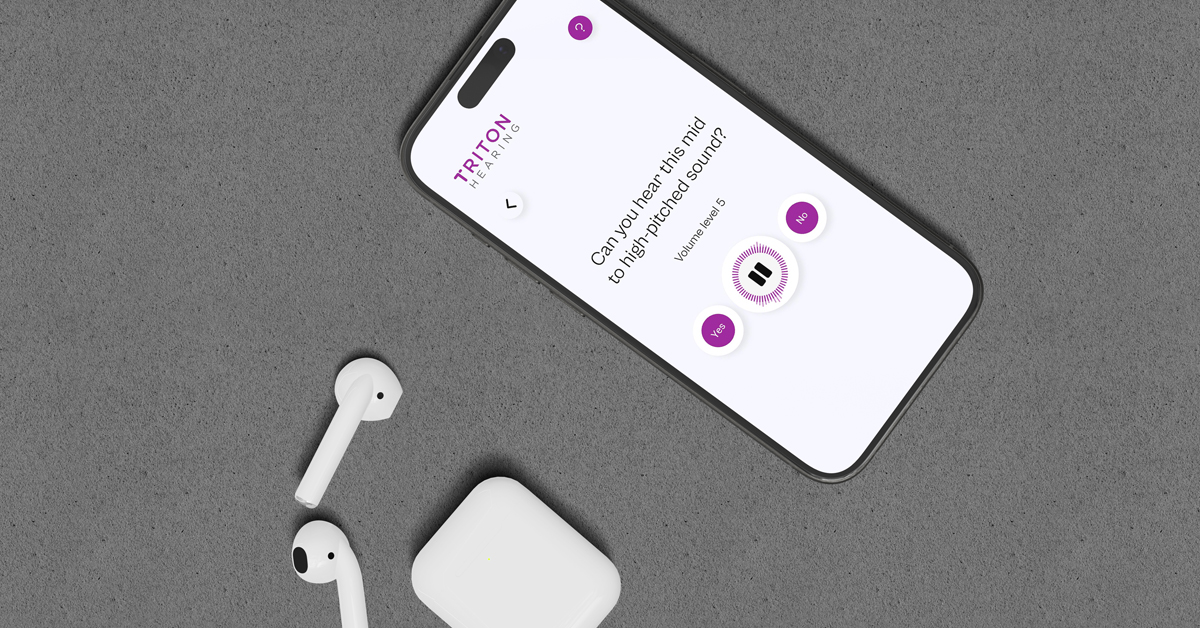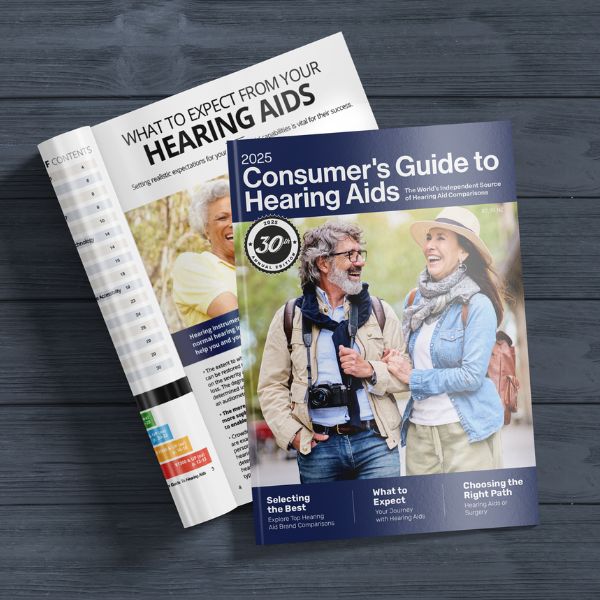How earplugs can help you

How earplugs can help you
7 Minutes
hearing-protection
Published 27 January 2021
Earplugs have many benefits. Not only are they proven to aid ear health in the long and short term, but they also have everyday uses. So whether you are struggling to focus at home or at work, surrounded by traffic, travelling on public transport, staying in unfamiliar hotels, or need a good night’s rest, earplugs can help.
Overview
What types of earplugs are there?
There are dozens of earplug varieties available,, each differing in purpose and material. Noise reduction earplugs; earplugs to help manage tinnitus symptoms; specialised earplugs that block water, regulate pressure and filter different sound frequencies. To determine the best set of earplugs for you, it is important to consider how they fit. Are they comfortable? Too small, and they’ll slide out, too big, and they’ll irritate your ears—generally, the better the fit, the better the noise reduction.How much do earplugs cost?
Earplugs differ in price depending on their quality, effectiveness, their material and the manufacturer. Coming soon, you will be able to purchase your earplugs online through our webshopbeginning at $34.95What are earplugs made of?
Unlike hearing aids, earplugs are not designed to be overly discrete, often designed with bright colours so that others can see that you are wearing them (and not wonder why you’re ignoring them). Earplugs can be made from a range of materials, including cotton, putty, ceramic and vinyl. However, the most common materials are:- Wax – natural and malleable, conforms easily and is water repellent.
- Silicone – reusable and lightweight; most customised or fitted earplugs are silicone.
- Foam – generally the cheapest, they are soft and disposable because bacteria breed so quickly on them.
How much do earplugs reduce noise?
With noise exposure, generally, anything below 80dB is considered safe and to be at a level that will not do permanent damage to your hearing. However, many everyday situations can come with a lasting impact.- Soft noise is about 20dB
- A conversation on the street might be 40dB
- Loud snorers are around 50-80dB
- Noisy restaurants can get to 90dB
- Concerts, heavy machinery and gunshots typically exceed 100dB
Most earplugs on the market reduce sound by approximately 10-30dB, roughly the same amount as traditional hearing protection. Wearing earplugs, especially in environments over the safe 80dB threshold, can make a huge difference and be what saves you from lasting hearing damage.
Where are the best places to use them?
Earplugs can help in many situations: concerts and clubs, noisy homes and studying at school, working with heavy machinery, travelling on motorcycles and planes, whilst sleeping and relaxing and even in the water.Sleep and relaxation – Lost sleep is detrimental to health. Exhaustion affections your physical and mental health, your productivity and creativity, recovery and immune system. In addition, rest and relaxation can be disrupted by street noise, loved ones, noisy environments and pets. Earplugs for sleeping are designed for extended wear and reduce noise without eliminating sounds like alarm clocks.
Machinery – Usually, when you think of machinery, you think of farms, construction sites and factories, but did you know that gardening equipment and tools you would find around your home can have a lasting impact on your hearing? All of these tools create excessive sound levels. In these environments, hearing protection earplugs are vital.Music – Earplugs designed for music are generally more technologically advanced. Both concert-goers and musicians face the same challenge: ear protection without losing sound quality and things like timbre, treble and bass. Music earplugs commonly feature membranes that filter sound at varying frequencies instead of blocking it completely.
Water – pool chemicals, bacteria, ocean waves, and cold wind can all impact and damage your ear canal, leading to swelling, itching and conditions like Swimmer’s and Surfer’s Ear. By wearing earplugs specifically designed for water, you keep moisture and wind out and minimise your chance of getting these conditions.
How should I use my earplugs?
It is essential that when using earplugs, you check the packaging for detailed information. There are different varieties available; we know that some are reusable, whereas others are single-use. While the process of using earplugs is simple, there are a few techniques that will improve your comfort and the earplugs’ effectiveness.- Make sure your hands are clean and dry
- Roll the earplug between your fingers to compress them
- Once they are thin enough to fit in your ear, pull your ear lobe away from the base of your head
- Insert the earplug just deep enough to block sound, but don’t wedge them in too deep – they should be comfortable
- After inserting the earplugs, use your opposite hand to pull on the top of your ear. This will straighten out your ear canal
- Finally, use your finger to hold the earplug in place until it expands – you will know it is properly inserted and sealed when your voice sounds muffled
Ensure you look after your earplugs properly, keeping them clean and free from bacteria. If the packaging indicates your earplugs can be reused, make sure to keep them clean; rinse them with cold water after every use, and gently apply a little soap.
Can earplugs damage ears?
When wearing earplugs, you must continue to look after your ear health and use them correctly. If you are new to using earplugs, you may experience some slight irritation. Be sure to keep your earplugs clean to avoid ear infectionsand increased wax build-up, and remember not to reuse the disposable kind.If you feel any pain in your ears, or experience anyhearing loss, consult your doctor or trained audiologist immediately.







